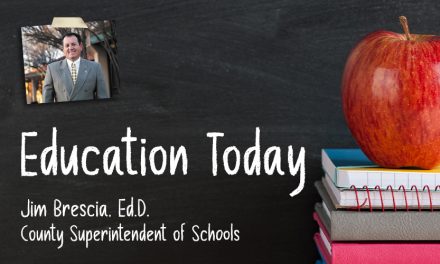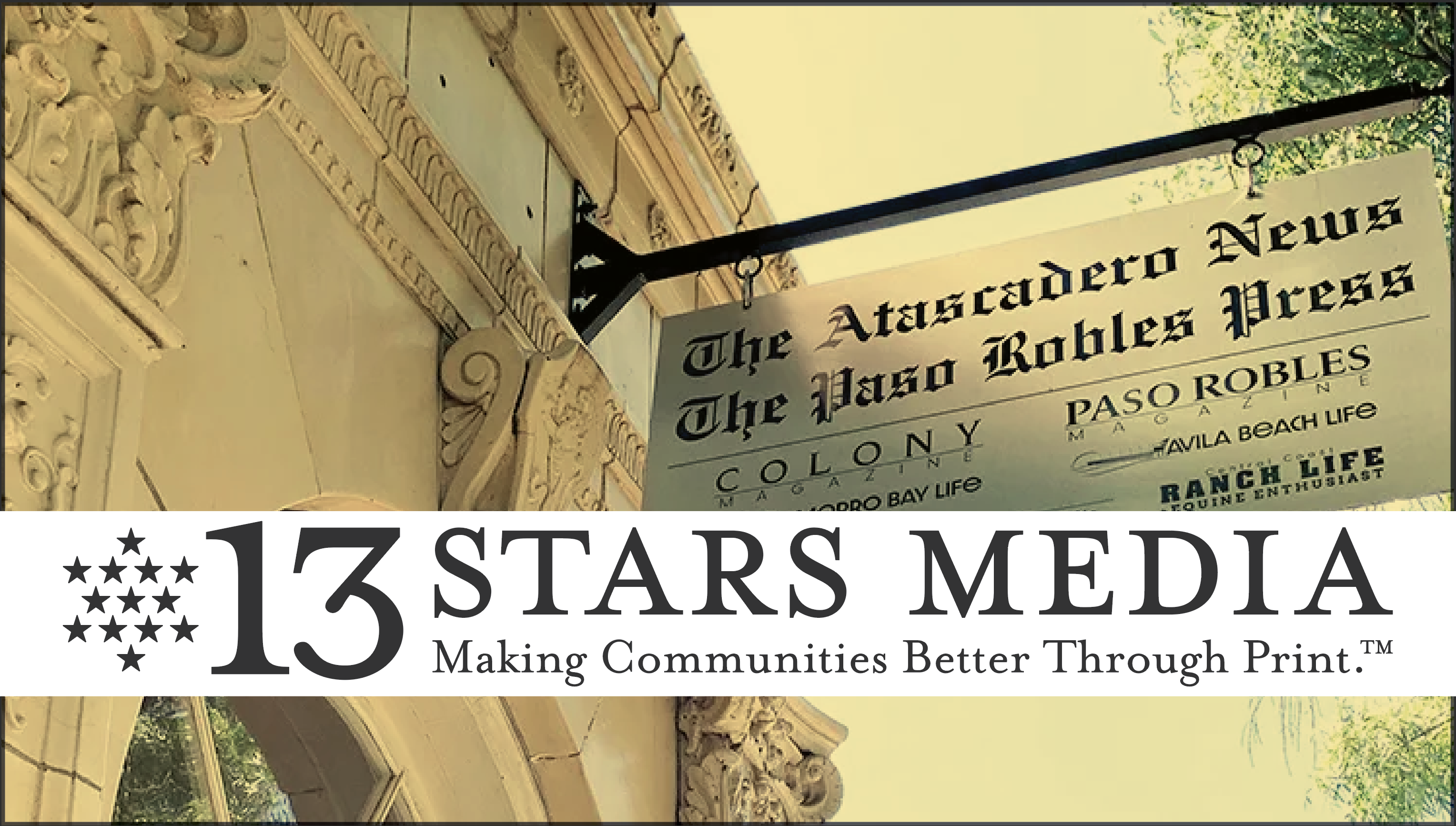Because of the pandemic, I have attended most local school board meetings virtually and observed local governance in action. Previously, when I mentioned an upcoming local board meeting requiring my attendance, some people would joke, “You mean a bored meeting, don’t you?” I’m afraid I have to disagree with anyone considering local school board meetings boring, irrelevant, or a waste of time.
Today more than at any time in my nearly 40-year career, I find local boards important, relevant, and crucial in navigating turbulent times. Locally elected school board members or “trustees” are non-partisan members of our community that ideally reflect the diversity of the Central Coast.
According to the National School Boards Association, a nationwide organization, 44 percent of school trustees are female (more than the U.S. House of Representatives and U.S. Senate). Nearly 25 percent of elected school board members are from underrepresented ethnic populations. Every school district in the country has an elected board of trustees. Approximately 95,000 school board members make up the largest group of elected officials in the country. In addition to parents, teachers, staff, and administrators, school board members directly influence the quality of education provided within the communities they represent.
Most school boards convene one-to-two times per month, are open to the public, and provide governance for the schools they represent. A subtle but significant note is that these are meetings of the board in public, not public meetings. Trustees serve four-year terms with staggered terms to prevent large vacancies from occurring all at once. A trustee must be a registered voter who is at least 18 years old, a citizen of the state they represent, live in the jurisdiction boundaries, and are eligible under the state’s constitution to be elected to public office. Depending upon the school district’s size, most trustees are unpaid or receive a small stipend and possibly health insurance coverage. School districts are complex, multi-million dollar organizations. Board members can work from 10 to 40 hours per month on school district governance matters. Governing boards oversee the needs of students, the needs of families, budgets, and provide solid stewardship for the nation’s schools.
Highly functional school boards fill a vital role in maintaining local districts by always keeping the best interests of students first. Boards should model civility when celebrating successes or dealing with challenges. Successful school boards understand that boards govern while the superintendent, district administrators, teachers, and staff manage their schools.
Five critical components of effective school boards are setting a vision, advancing policy, demonstrating accountability, playing a leadership role in the community, and forging civil consensus. The last component is often one of the most difficult to maintain in today’s media-drenched political atmosphere. The title of this article is “Motion, Second, Discussion & Civility,” not “my way or the highway.” An effective board is secure with differing votes that reflect the community they represent. Confident boards often encourage diverse opinions while building a consensus that moves items forward with a majority vote representing the people who elected the trustees.
Experienced school board members know that true consensus is not about winners and losers. Motion, Second, Discussion asks all participants to consider and eventually affirm the key points:
1) “Are all voices heard?”
2) “Is the item understood?”
3) “Is it clear that the will of the group has emerged around the proposal?”
When a motion is made by a trustee and another trustee seconds the motion, the board then discusses/listens/votes on the action. True democracy exists when civility is maintained, authentic dialogue occurs, and a majority vote takes place. I encourage everyone reading this article to thank our locally elected trustees, attend a school board meeting, and engage in the civic process with civility. The Institute for Local Government reminds us that local officials are grappling with complex issues. Bringing as many perspectives on the best solution to a given problem increases the likelihood that the solution will be successful and enduring.
Please contact your local school district or the San Luis Obispo County Office of Education for additional information. It is an honor to serve as your County Superintendent of Schools.







